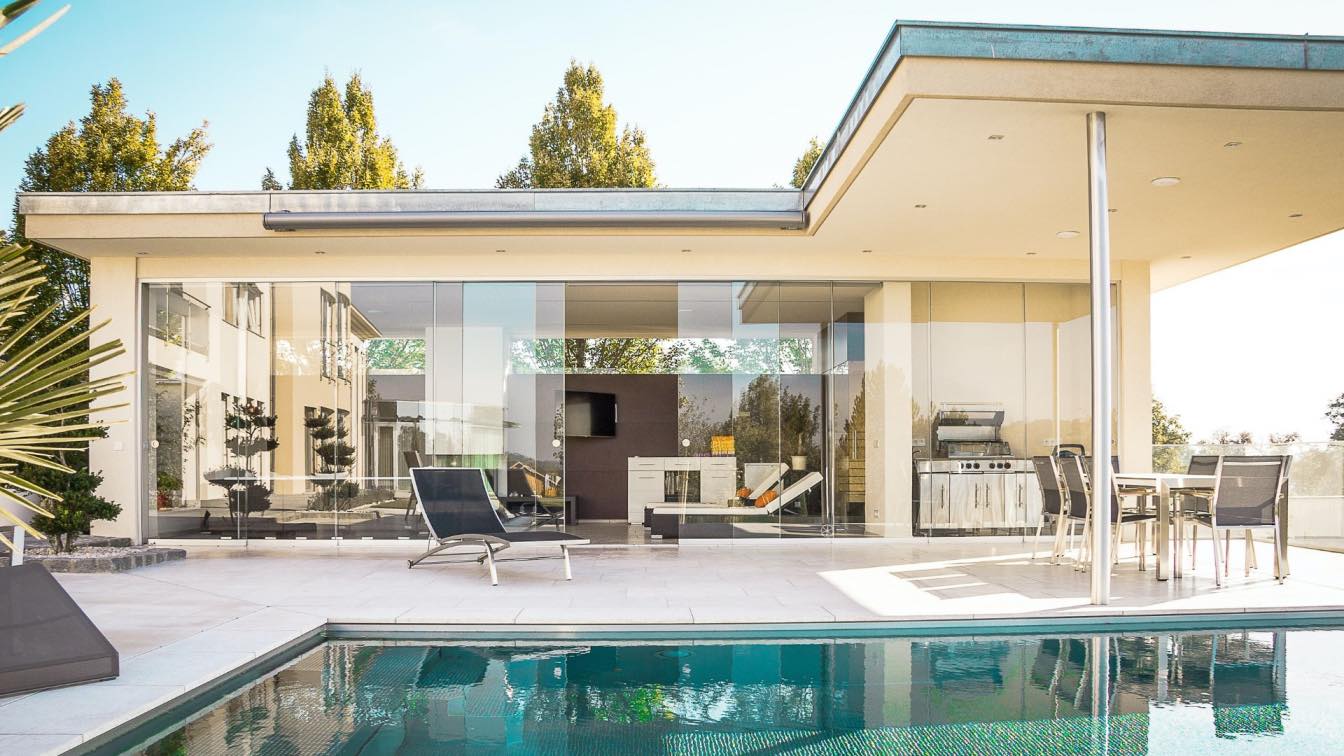We have great news for travelers and explorers all over the world: The Middle East is opening its magnificent doors to tourists more and more each year. What does this mean? It means we all have a chance to explore the amazing history, culture and architecture of the region and make some unique memories and photos. This region is full of stories and intricate historical events, sometimes even turmoil, but the people always managed to not only come out stronger but create true magic. So let’s explore some of the most impressive architectural wonders of the Middle East that are worth learning about:
The Pyramids of Giza, Egypt
A visit to the famous Pyramids of Giza is a must for any study of Middle Eastern architecture. Built as colossal tombs in the Fourth Dynasty of Egypt, the pyramids have endured for millennia as examples of Egyptian engineering marvels and their culture's emphasis on the afterlife. One of the old Seven Wonders of the World, the largest is the Great Pyramid, whose amazing construction included transporting millions of limestone pieces without the use of modern machinery and provided a peek into the past. It was built in perfect alignment with the stars. The Great Pyramid of Giza would have glistened magnificently in the sunlight, visible for miles around, had it not initially been encased in white limestone casing stones. This reflective surface is believed to have symbolized the sun’s rays and was intended to help the pharaoh's soul ascend to heaven and join the gods. These structures continue to be a focal point for archaeological study and a profound inspiration for visitors worldwide (and a source of inspiration for conspiracy theorists because of the rumors that these pyramids were built by aliens)!
Petra, Jordan
The ancient city of Petra, carved into the multi-hued sandstone cliffs of southern Jordan, stands as a masterpiece of ancient innovation and artistic expression. Established by the Nabateans around the 6th century BC, Petra was a bustling trade center and a nexus for cultural exchange between the Arab world and the West. The city is renowned for its sophisticated water conduit system and the architectural marvel that is the Treasury — Al Khazneh — whose elaborate facade is thought to be the mausoleum of Nabatean King Aretas IV. But even after all the amazing human-made things, the sunset in Petra will manage to take the main spot in your photo album. Seeing all the colors of the day’s end will make you fall in love with the desert once and for all.
 image © Mihaela Claudia Puscas
image © Mihaela Claudia Puscas
AlUla Living Museum, Saudi Arabia
Often referred to as the "masterpieces of the world," AlUla is not just the most breathtaking Saudi Arabia museum, but also a hive of active cultural, educational, and recreational activities. Once off-limits to visitors, this historic city has reopened to the public, providing a glimpse into its colorful past and serving as evidence of Saudi Arabia's rich cultural legacy. A living archeological site, the living museum is home to verdant oases and the ruins of long-vanished civilizations that once flourished here. AlUla aspires to connect visitors with the rich historical heritage of the Arabian Peninsula through immersive experiences that highlight traditional crafts, music, and storytelling, demonstrating the nation's dedication to both cultural preservation and tourism.
The Sheikh Zayed Grand Mosque, UAE
Located in Abu Dhabi, the Sheikh Zayed Grand Mosque is the perfect representation of modern Islamic architecture. This architectural wonder was constructed using materials from all around the world, including marble, gold, crystals, semi-precious stones, and ceramics. It is renowned for both its magnificent 32.8-meter-diameter main dome and its 82 Moroccan-style domes. The mosque's interior is equally magnificent, with the world's largest hand-knotted carpet and massive chandeliers made of gold and Swarovski crystals. The mosque, more than just a house of prayer, represents the highest levels of opulence in the Islamic world–and you need to see it to believe it.
Persepolis, Iran
Persepolis is the ceremonial capital of the Achaemenid Empire, and it tells a complex story of the grandeur of ancient Persian culture and political might. Situated in modern-day Iran, this UNESCO World Heritage site was conceived by Darius the Great around 518 B.C. and evolved under successive kings. The site's architecture features majestic columns, expansive terraces, and impressive gateways that were designed to awe visitors and dignitaries from across the empire. In the past, thousands of people from all across the empire would gather on the steps of Persepolis' Apadana Palace for the yearly Persian New Year celebration, Nowruz. These delegates gave gifts to the monarch; this custom is documented in the bas-reliefs, which display an array of exotic offerings, including elaborate fabrics from the Indus Valley, gold from Egypt, and lions from Babylon. This tradition highlights the significance of Persepolis during its height not just as a political center but also as a center of culture and commerce.
 image © Dorsa Masghati
image © Dorsa Masghati
The Great Mosque of Samarra, Iraq
The Malwiya Tower, a unique spiral minaret, is one of the most recognizable features of the Great Mosque of Samarra in Iraq. This mosque, which was constructed in the ninth century during the Abbasid dynasty, was formerly a large 17-acre Islamic religious complex. The Malwiya Tower, which is 52 meters high and has the shape of a snail shell, was formerly connected to the mosque by a bridge. In addition to serving as a prominent landmark for the city, this unusual minaret served as a useful instrument for the call to prayer. It stands to show the ingenuity of the people of the period, and offers a lot for us to learn from.
Your takeaway should be the following: the Middle East is not a wasteland–it’s the most culturally and historically rich region of the world, significant for the civilization from its baby steps until today. And these listed above are just some of the most popular sites in the Middle East for all lovers of architecture, history and art. So if you’re interested, a deep dive into these marvels will uncover many more fascinating locations.





